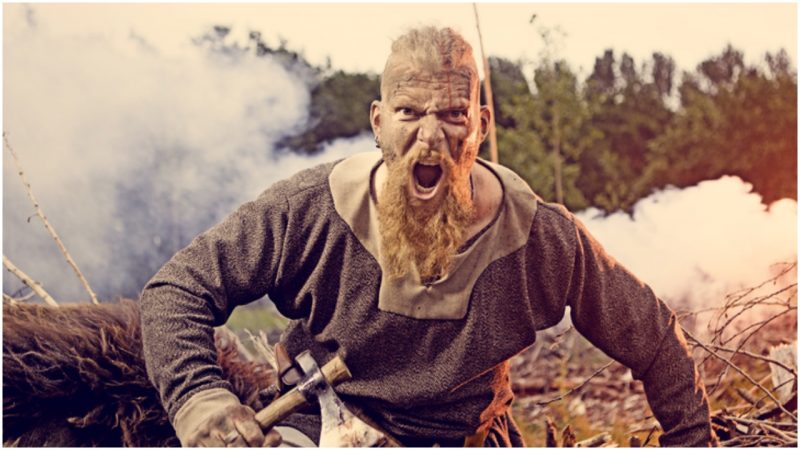The Irish and the Vikings have a long and complicated history together. It is not very common for researchers to use mathematics to investigate a narrative from history, but that is exactly what happened. Researchers applied mathematics to an analysis of Cogad Gáedel re Gallaib, or “The War of the Irish with the Foreigners,” a major medieval Irish text that recounts the Irish-Viking conflict and its culmination in the popular battle of Clontarf in 1014.
This text was reportedly written in the 12th century, at least a hundred years after the battle of Clontarf signaled the end of Viking power in Ireland. The famed Irish king Brian Boru, who led Irish forces against the Norsemen, was killed in the circumstances of the battle. Still, he is praised in the narrative for the victory, and he is compared to other significant figures of history such as the Roman Emperor Augustus.
Academics have applied novel techniques in mathematics, methods described as similar to those used for analysis of social networks. Consequently, they have managed to offer a new perspective on a debate about this historical episode that has lingered for centuries.
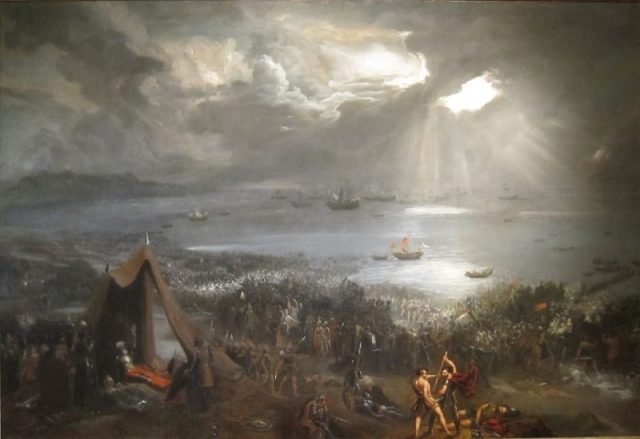
It has to do with revisionist historians who’ve countered the traditional interpretations of the chronicle, offering the belief that the conflict was primarily a civil war between Irish forces. In such a scenario, the Vikings could have been involved on both of the opposing Irish sides.
The latest research continues the discussion using Irish and Viking character roles in the text, in an attempt to determine the level of hostility in these interactions. The efforts were carried out by academics of Coventry, Oxford, as well as the Sheffield University and their findings were issued in the Royal Society Open Science journal, published on January 24, 2018.
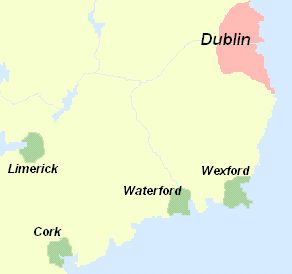
They have used a mathematical measure that quantifies the level of hostility in the Irish-Viking characters’ constellations, and the research outcomes have come out more in favor of an Irish-Viking conflict rather than an internal clash among the Irish.
In the analysis, a positive value has been used to denote Irish-Irish conflict, and a negative one to depict Irish-Viking hostility. Calculations made at the end suggest a moderate negative coefficient, which indicates a historical episode depicting an Irish-Viking conflict. Regardless of the prevalence of hostile Irish-Viking relationships, forms of Irish-Irish conflict relations do form a “significant proportion of the negative interactions too,” added the study authors.
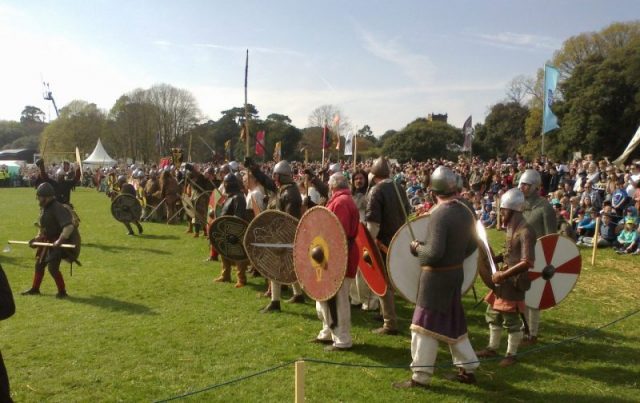
That the episode is undoubtedly a significant part of Irish history is affirmed by the lead-author of the study, Professor Ralph Kenna of Coventry University’s School of Computing, Electronics, and Maths. He said that “every schoolchild in Ireland is taught about the battle of Clontarf.” He also stated: “We’ve used network science to give a greater understanding of medieval accounts and to give new insight into the relationship and hostilities from this period.”
In an interview in the Irish Times, Dr. Kenna also said that the “analysis of the topic is unique because it involves mathematics and social networks.”
Joseph Yose, a Ph.D. student who participated in the data analysis of the research, said that the medieval text was “skillfully written” but filled with “exaggerating virtues and vices of many of its character.” As Yose explains, the research won’t offer a decisive conclusion to the debate, but he said his team hopes the analysis “delivers useful statistical information on the Viking Age in Ireland.”
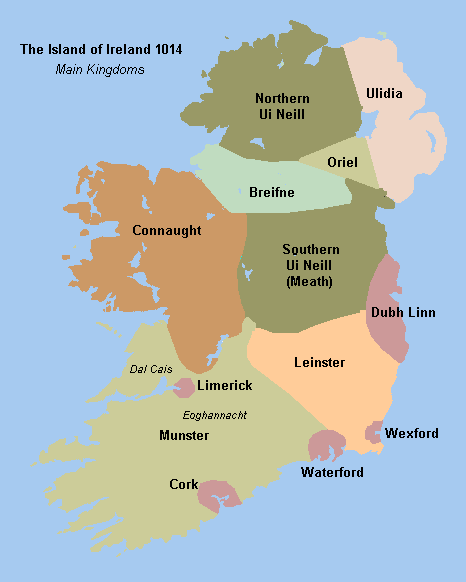
The historic battle of Clontarf has been retold in both Irish and Norse traditions, and there are even doses of mysticism and imagination added to it, such as visions said to have been experienced by both sides before the attacks went forward. For instance, fairy women appeared to the followers of Brian and foretold a disaster. Of course, the Irish king lost his life in the ensuing struggle.
The recent analysis followed a heated debate among academics in 2014, the year of the millennium commemoration of the battle. But for at least two and a half centuries, the entire chronicle has been subjected to warring interpretations.
